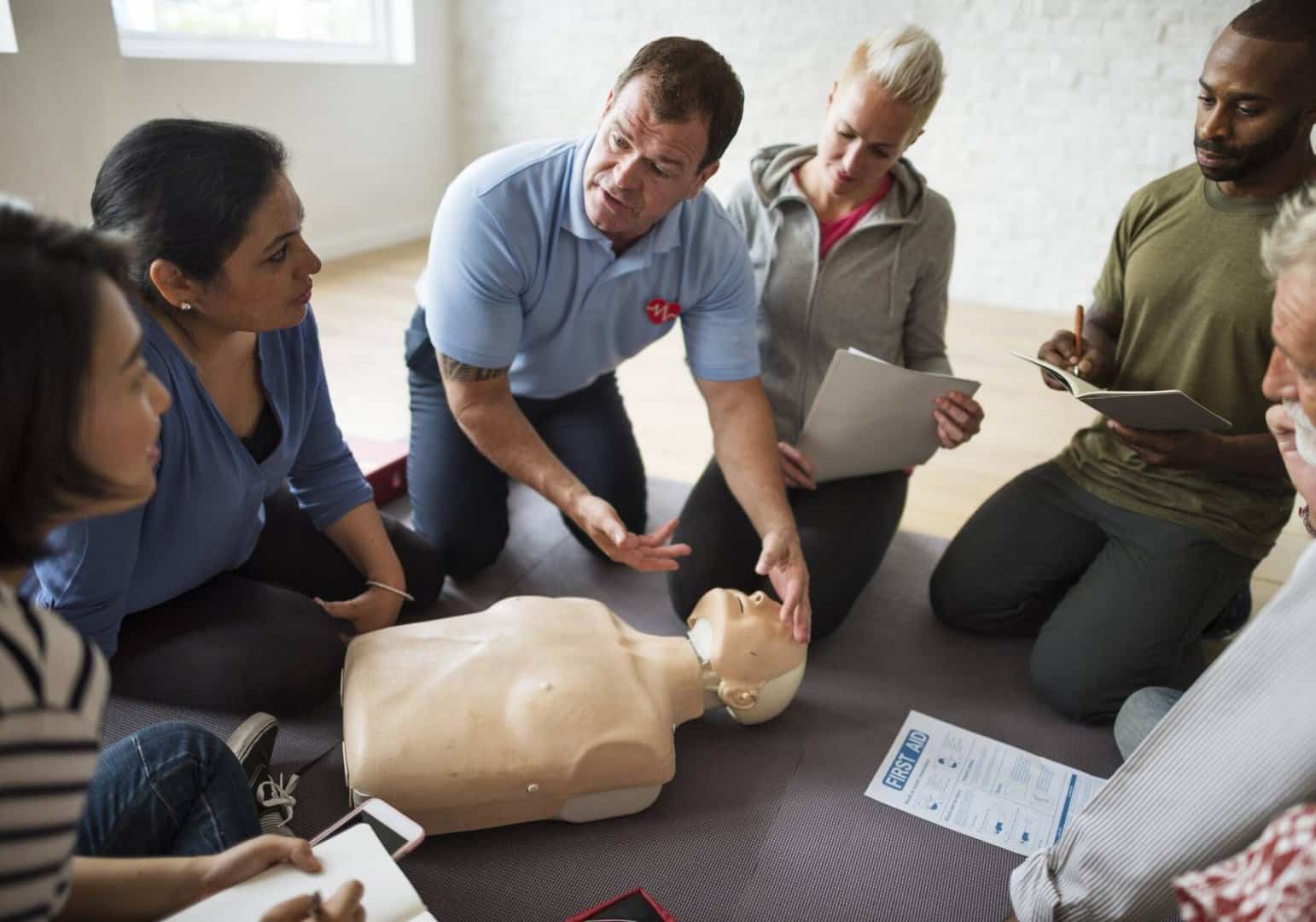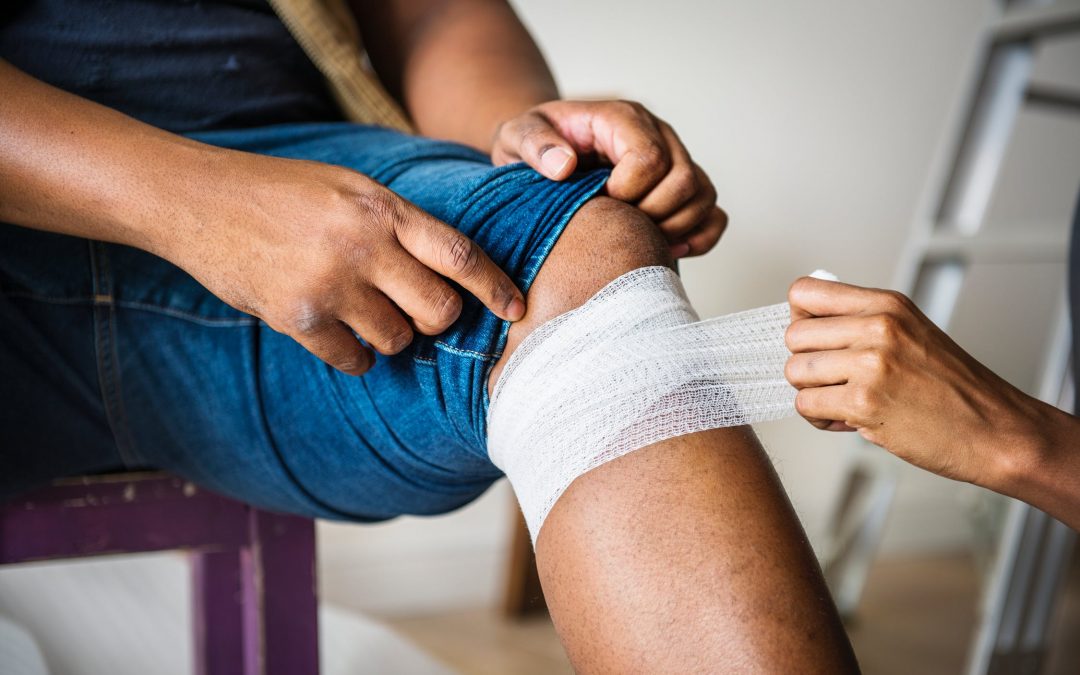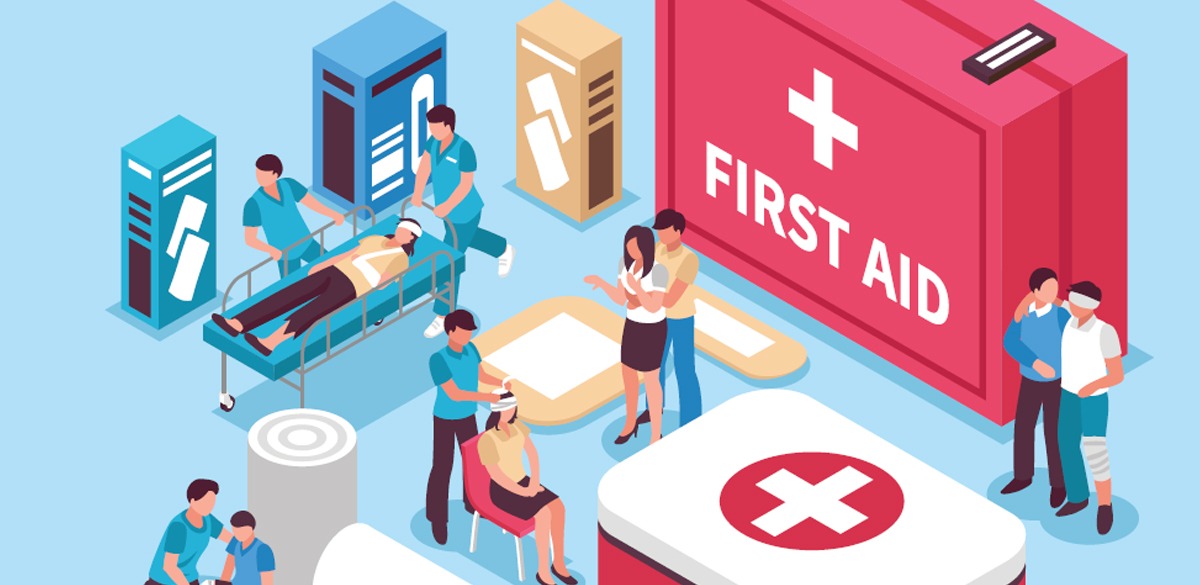First Aid In moments of crisis and emergencies, having the knowledge and skills to administer can mean the difference between life and death. Firstaid is the initial assistance or treatment given to someone who is injured or suddenly becomes ill before professional medical help arrives. It plays a crucial role in preserving life, preventing further injury, and promoting recovery. Let’s explore the significance of first aid, its key principles, and why everyone should be equipped with this essential knowledge.
Empowering Preparedness: Understanding the Importance of First Aid
Contents

Immediate Response in Emergencies
First aid is all about taking immediate action to provide assistance to someone in need. Whether it’s a minor injury like a cut or a more serious condition such as cardiac arrest, knowing how to respond quickly and effectively can make a profound impact on the outcome. Basic firstaid techniques, such as cardiopulmonary resuscitation (CPR), controlling bleeding, and treating burns, can stabilize the patient’s condition and buy precious time until professional medical help arrives.
Promoting Safety and Well-being
Beyond its immediate life-saving benefits, first aid also plays a vital role in promoting safety and well-being in various settings, including homes, workplaces, schools, and community spaces. By educating individuals on how to prevent accidents, recognize potential hazards, and respond appropriately in emergencies, firstaid training empowers people to take proactive measures to protect themselves and others from harm.
Key Principles of First Aid
Several key principles guide the practice of first aid, ensuring that responders provide safe, effective, and compassionate care to those in need. These principles include:
- Assessment: Quickly assess the situation and the patient’s condition to determine the appropriate course of action.
- Safety: Ensure the safety of yourself, the patient, and bystanders before administering first aid.
- ABCs: Follow the ABCs of firstaid: Airway, Breathing, and Circulation. Ensure that the patient’s airway is open, assess their breathing, and check for signs of circulation.
- Prioritize Care: Treat life-threatening injuries or conditions first before addressing less severe issues.
- Call for Help: If the situation requires professional medical attention, call emergency services immediately and follow their instructions.

Empowering Individuals with Training
While professional medical assistance is essential in emergencies, bystanders often play a crucial role as first responders before paramedics arrive. Therefore, providing widespread access to firstaid training is essential for empowering individuals to respond effectively in emergencies. Basic first aid courses cover essential skills such as CPR, wound care, splinting, and choking relief, equipping participants with the knowledge and confidence to act decisively when faced with medical emergencies.
First aid is a Fundamental
Aspect of emergency response that can save lives, prevent further injury, and promote recovery in times of crisis. By empowering individuals with the knowledge, skills, and confidence to administer immediate assistance, we can create safer and more resilient communities. Investing in first aid training and education is not only a practical necessity but also a testament to our commitment to safeguarding the well-being of those around us. Whether it’s in the home, workplace, or public spaces, everyone can play a role in being prepared to respond effectively in emergencies through the power of firstaid.
First aid, the immediate assistance given to someone who is injured or suddenly becomes ill, is a cornerstone of emergency response and healthcare. While it offers numerous advantages yowestogel login in preserving life and preventing further injury, it also presents certain limitations and challenges that merit consideration. Let’s explore the strengths and weaknesses of firstaid to gain a deeper understanding of its role in promoting safety and well-being.

Advantages
- Life-saving Potential: One of the primary advantages of first aid is its potential to save lives in emergencies. Prompt intervention, such as cardiopulmonary resuscitation (CPR) for cardiac arrest or controlling bleeding from a wound, can stabilize a patient’s condition and improve their chances of survival until professional medical help arrives.
- Immediate Assistance: First aid provides immediate assistance to individuals in distress, offering comfort, reassurance, and basic medical care in the critical moments following an injury or sudden illness. By taking quick and decisive action, first aid responders can alleviate pain, prevent complications, and promote recovery.
- Empowerment and Preparedness: First aid training empowers individuals with the knowledge and skills to respond effectively in emergencies, fostering a sense of preparedness and confidence to act decisively when faced with medical crises. By equipping people with life-saving techniques and protocols, firstaid promotes a culture of safety and resilience within communities.
Disadvantages
- Limited Scope of Practice: While firstaid is invaluable in providing immediate assistance, it has limitations in terms of scope and complexity. First aid responders are trained to address common injuries and conditions, but they may lack the expertise and resources to manage more complex medical emergencies or provide definitive treatment.
- Risk of Mismanagement: In some cases, well-intentioned attempts to administer firstaid may inadvertently exacerbate the patient’s condition or cause further harm. Improper techniques, inadequate assessment, or lack of training may lead to errors in judgment or mismanagement of injuries, highlighting the importance of proper education and training in first aid.
- Reliance on Professional Care: First aid is meant to serve as a temporary measure to stabilize a patient’s condition until professional medical help arrives. However, in some situations, delays in accessing advanced medical care or reliance solely on firstaid interventions may compromise patient outcomes or delay definitive treatment, underscoring the need for seamless integration with the broader healthcare system.
Conclusion
First aid plays a vital role in emergency response and healthcare, offering immediate assistance and life-saving interventions in critical situations. While it offers significant advantages in preserving life, preventing further injury, and promoting preparedness, it also presents certain limitations and challenges that must be addressed. By recognizing the strengths and weaknesses of first aid and investing in education, training, and collaboration, we can harness its potential to create safer and more resilient communities. Ultimately, firstaid serves as a cornerstone of emergency preparedness and a testament to our commitment to safeguarding the well-being of individuals in times of need.
Read More Article About “KIWI BURGER DELIGHT: EXPLORING NEW ZEALAND’S CULINARY GEM“





